Seeing in the Dark
Today, the challenge to CCTV professionals is to make sure that video footage is effective on a 24/7 basis, 365 days a year. Securing an area during the daytime is one thing. But w...
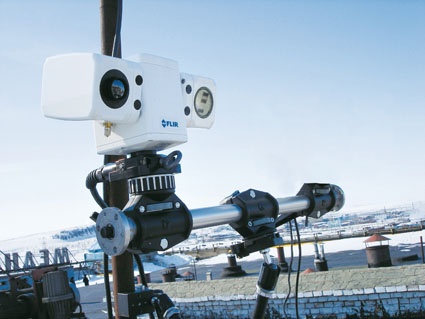
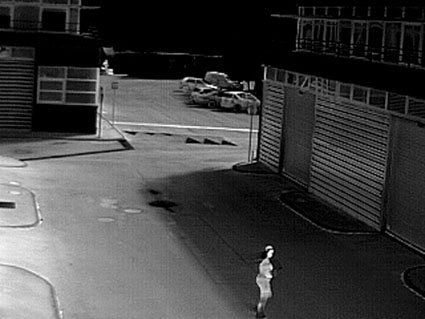
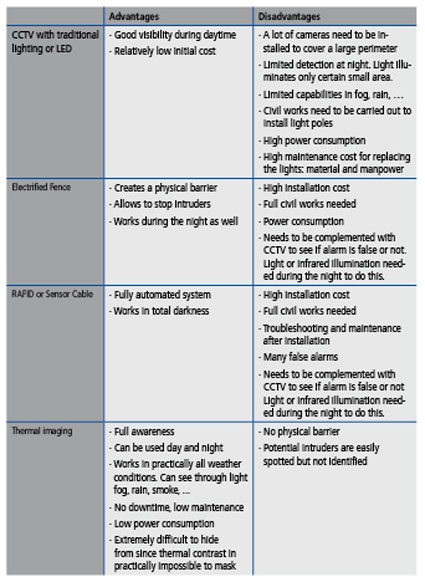
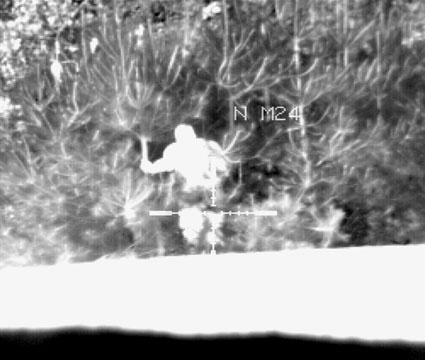
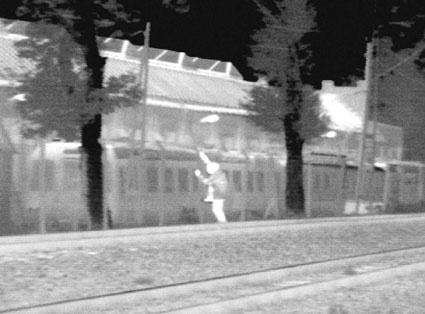
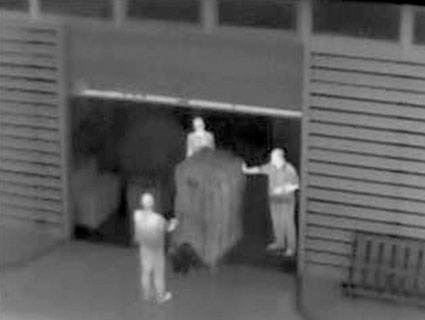
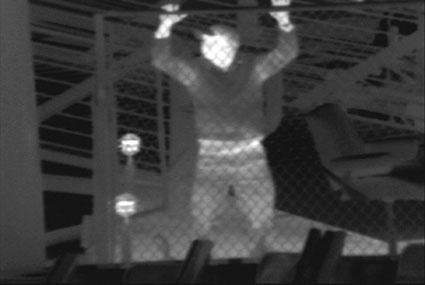
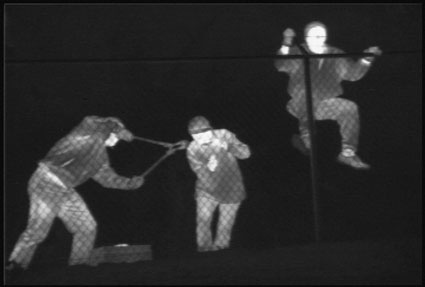
Today, the challenge to CCTV professionals is to make sure that video footage is effective on a 24/7 basis, 365 days a year. Securing an area during the daytime is one thing. But what happens during the night? And in weather conditions such as fog, rain and snow? What can be detected if CCTV cameras are blinded by the sun?
The standard for closed-circuit television (CCTV) system installations nowadays is to provide 24 hour surveillance, not just day-time operation; to be truly secure, a site must also be protected day and night. Often different technologies are combined to detect potential intruders in the dark and create a secure perimeter. Fences can be complemented with CCTV systems, with or without active infrared illumination or old-fashioned tungsten lights, RF intruder detection (RAFID) systems, thermal imaging cameras and/or walking patrols.
Whatever solution or technology is chosen to secure an area, they all have their advantages and disadvantages and some technologies are more expensive than others. To get a full picture of the total cost of ownership (TCO) for a specific solution, not only the initial installation cost but also the maintenance and running costs need to be taken into account. Some solutions consume a lot of power and some need a lot of spare parts during their lifetime.
Environmental and energy consumption issues are high on the global agenda today. $1 of every $5 spent globally is used on lighting, and much of this goes on inefficient and unnecessary lighting. Local authorities and private industries are all looking at methods to save energy costs, and lighting is one area due careful attention.
Let there Be Light
Just like the human eye, CCTV cameras do not see too much in total darkness. Although some bulbs (fluorescent lamps, HID lamps) are more efficient than others, the operational cost is still very high. Light can only reach a certain distance and completely illuminating an area so that it can be kept under the surveillance of CCTV cameras is not always possible.
CCTVs with traditional lighting require lamp replacement every 2000 to 4000 hours or about every 8 months, causing significant labor and material cost. Light pollution is an increasingly hot political topic and a global problem caused by inefficient, intrusive and unnecessary use of artificial light. Government legislation will control and punish light pollution. Furthermore, lighting essentially lays out a route of attack for intruders, creating shadows in which they can hide and access undetected.
Alternative Technologies
Compared to any bulb, LED's provide significant savings on electrical consumption. LED's also provide long life performance with little ongoing maintenance costs. Infrared illumination with LED's, sometime also called active infrared, throws infrared radiation into the area in front of a camera. It is compromised by limited range and cannot be fitted to move with the dome cameras.
To improve security, fences can be equipped with sensors that generate an automatic alarm when someone touches the fence. Or they can be electrified to keep intruders away. In all cases, fences need to be complemented by other technologies such as CCTV cameras or walking patrols in order to see what is happening around the fence.
The simplest description of RAFID is to consider a system using two specially designed cables, one transmitting a radio wave while the other receives that wave. If the amount of signal changes, this means that someone or something is between the two cables and an alarm will be raised. Due to the difference in the signal strength, the system can detect whether these changes are due to the presence of a human, a small animal or something else. Note that in a lot of cases CCTV cameras still need to be installed in order to see what is generating a real, or false, alarm.
Thermal Imaging
A new tool for seeing in total darkness and in the most diverse weather conditions is thermal imaging using thermal imaging camera to ‚see‘ heat emitted from an object. These cameras produce a crisp image on which the smallest of details can be seen. They work both during daytime and nighttime.Most Flir Systems thermal imaging cameras contain an uncooled Vanadium Oxide detector. Not only does it produce excellent quality thermal images, since it does not contain any moving parts, it needs no maintenance. Thermal imaging technology requires no additional lighting or illumination and has no regular maintenance costs.
Deciding Which Technology to Use
Before making a final decision about which technology will be implemented to secure a perimeter at night, it is a good idea to have a look at the specific advantages and disadvantages of each. Not only the initial purchase of the system needs to be considered, the total cost of ownership needs to be calculated too. For example, the electricity consumption of an installation is often not taken into account when deciding which technology to install.
Summarizing the different technologies and their respective advantages and disadvantages, it becomes clear that, although a thermal imaging camera is initially more expensive than a CCTV camera, fewer cameras need to be deployed to cover the same area. The civil works that need to be carried out are minimal. In some cases the cameras can even be mounted on existing structures. Furthermore, since thermal imaging cameras produce a clear image even in the darkest of nights, no complimentary technologies such as lights or infrared illuminators need to be installed. Not only does this limit the amount of civil works that need to be carried out but it also reduces the maintenance cost.
Thermal imaging cameras also generate fewer false alarms, which is a common problem with CCTV cameras combined with Video Motion Detection or Video Content Analysis software. A case study often shows that thermal cameras are often the most cost effective solution over time.
Business Partner
FLIR Systems, Inc.27700 SW Parkway Avenue
Wilsonville, OR 97070
US
most read

Is Your Venue Ready for Martyn’s Law?
Martyn’s Law demands stronger security by 2027. Is your venue prepared to protect and respond?

Integrated and Futureproof: Traka’s Next Chapter
Interview with Stefni Oliver on Traka’s Vision for the Future


When the Internet stumbles: Why DNS is important
When DNS fails, the internet stumbles-AWS outage proves resilience and redundancy are vital for digital trust

Security management, building security & perimeter protection: the winners of category E at the GIT SECURITY AWARD 2026
GIT SECURITY AWARD 2026: Security management, building security & perimeter protection - an overview of the most innovative solutions







